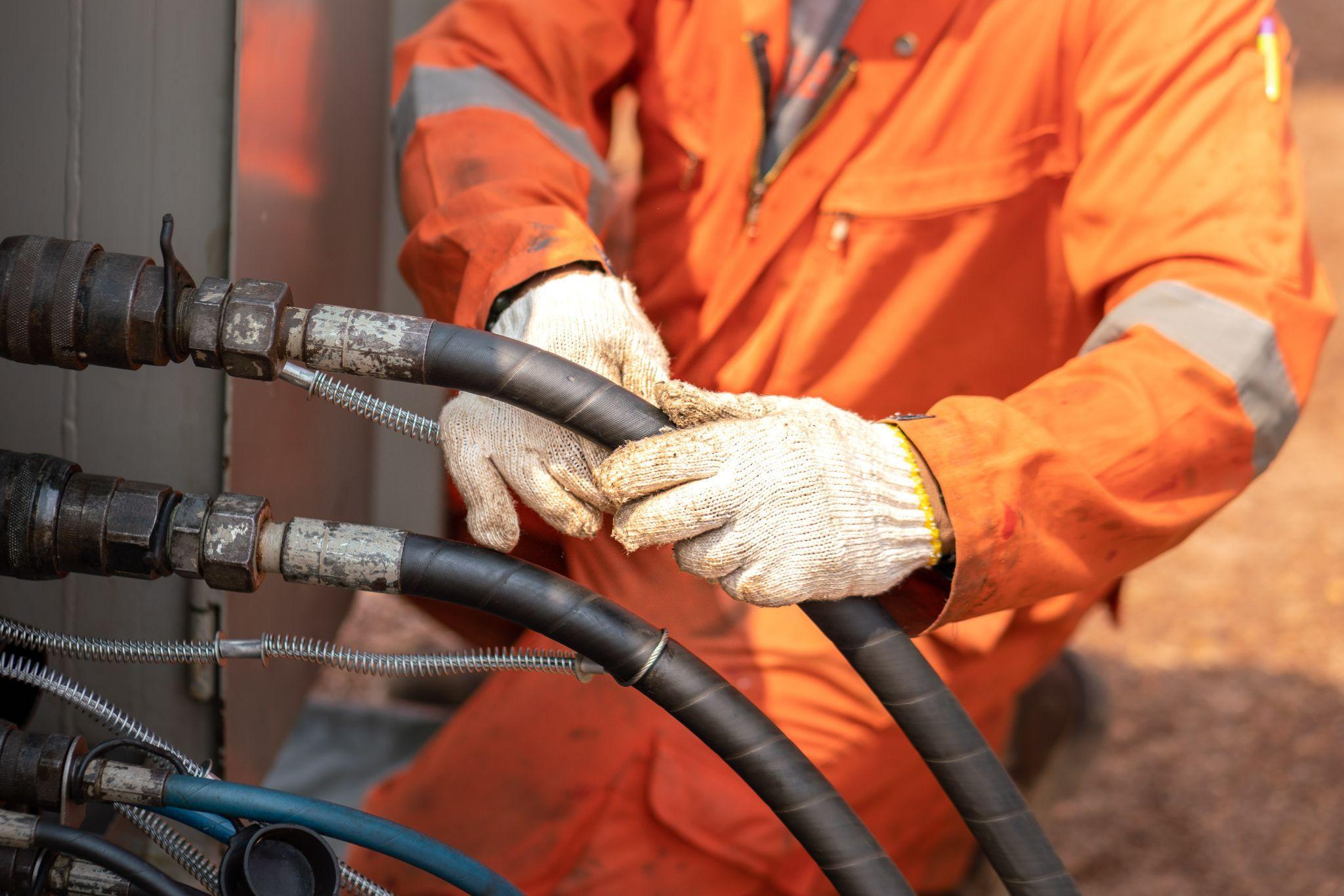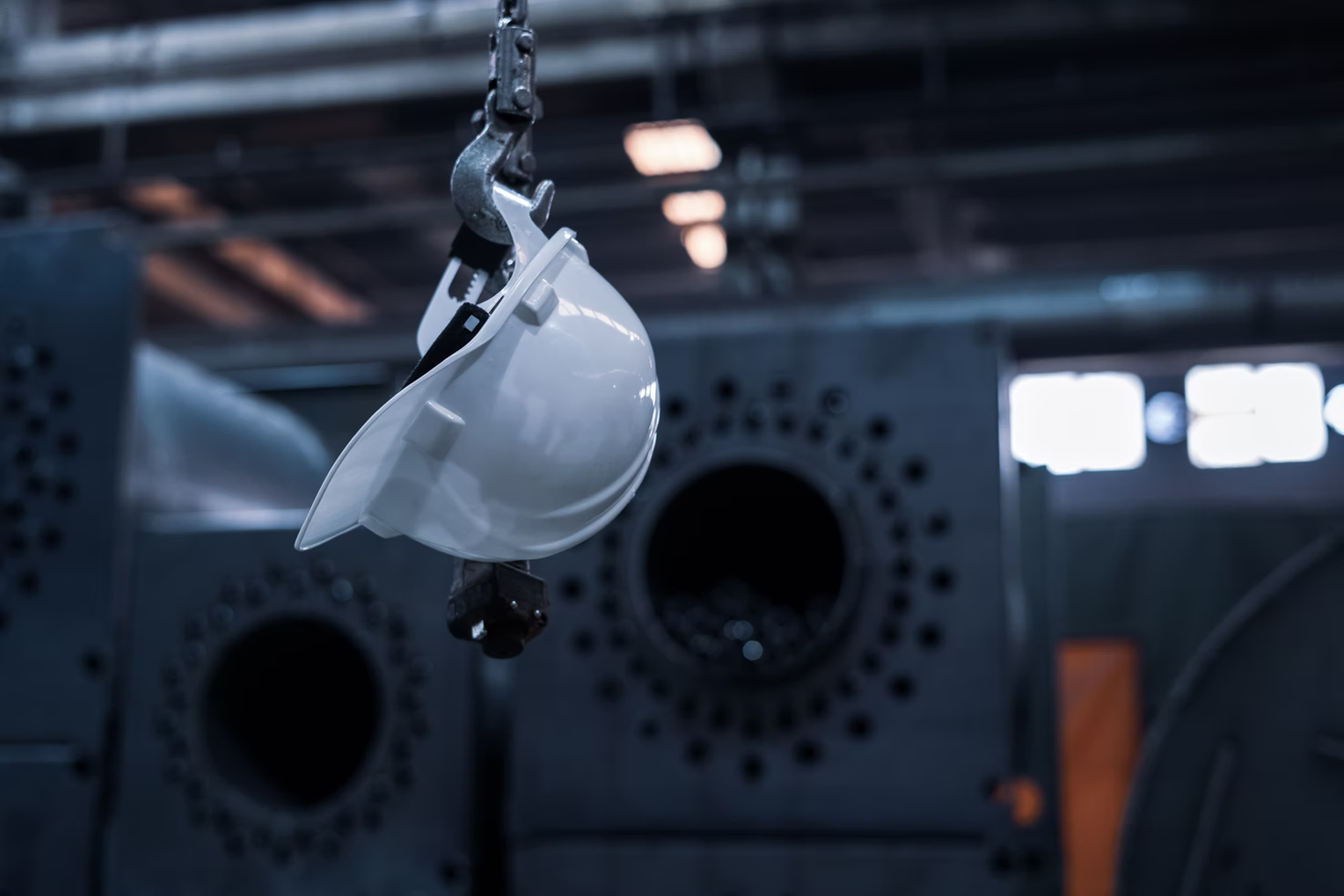Understanding Hydraulic Installation Cost
When you are preparing for a new hydraulic installation, numerous factors go into creating the new system. Among those is the cost to design and manufacture the hydraulic system. However, the upfront costs are not your only concern. You must also take into account the long-term hydraulic maintenance and repair costs.
What is included in the initial hydraulic system cost?
.jpg)
The most obvious parts of the initial hydraulic system cost include:
- System Design
- Prototyping
- Sourcing System Parts and Components
- Manufacturing System Parts and Components
- Assembling the System
- Testing the System
- Revising/Retesting the System
During these processes, your objective is to ensure your design considers what type of wear occurs and how often maintenance will need to be performed. Ideally, you want to improve upon the initial system design to improve system efficiency and performance.
Another consideration that affects the hydraulic installation cost is whether you use off-the-shelf hydraulic parts and components or bespoke ones. Using custom parts will incur a higher upfront cost. However, when there is no off-the-shelf solution, it is better to use a custom one in the long run, even with higher upfront costs.
Once you have a working system built, there will be other costs associated with it, such as:
- The cost to transport the system to customers’ sites.
- The costs to install the system at customers’ sites.
- The costs to configure, test, and resolve any operational issues.
Additionally, when you first roll out the new system, chances are you will be operating in the red until you sell enough systems and balance the economies of scale. As such, until you start earning profits on new systems sales, you will still want to include costs that you may pass on to the customer in your initial system cost.
How do you lower hydraulic system installation costs?
There are a few different things you can do to help lower your initial
hydraulic system installation costs, as follows:
- Try to design a system that uses off-the-shelf components, as they will cost less than custom-built ones.
- If you must use custom-built components, work with a single supplier to ensure product quality and consistency.
- Consider taking preorders for your new system from your customers for an influx of cash resources to help cover manufacturing costs.
- Attempt to keep your system design from becoming too complex or requiring too many parts and components.
Understanding Hydraulic Maintenance Costs
Maintenance costs are an important consideration when designing and building any new hydraulic system. If parts wear out too quickly or the system requires extensive daily maintenance, the total system costs will be much higher in the long run. As such, you want to consider the impacts of what parts and components you use.
Long-Term Hydraulic System Maintenance Costs
Some of the variables that should be considered in your long-term maintenance costs include:
- The quality of the parts and components. If you use lower-quality parts and components, they will need to be replaced or repaired more frequently. Lower-quality parts and components can also affect how fast hydraulic oil degrades, so your hydraulic fluid and filter costs would increase.
- The quality of the hoses and hose routing. If the hoses are not routed correctly, they could be bent too far and rub against other moving parts, leading to erosion, bursts, and system failures. Always use higher-quality hoses and the most efficient routing.
- The energy-efficiency of the system. Energy-efficiency should be something you consider when designing your new hydraulic system. Making the system less energy-efficient upfront may lower initial costs but will use more energy and increase energy costs in the long run.
How can hydraulic system maintenance lower costs?
One effective way to lower maintenance costs is with regular system maintenance. A lack of system maintenance is what leads to system failures and the need to replace parts and components. While preventative maintenance might seem like it could cost more, you need to look at the big picture.
Preventative maintenance can help identify problems and resolve them to help you avoid system failure and parts failures. In addition, by keeping your system operational, you avoid lengthy downtimes that can have other cost implications.

Another aspect to lower system maintenance costs is called corrective maintenance. This type of maintenance requires you to keep track of the number of service hours specific parts and components have been in operation.
Each pump, motor, valve, hose, etc. has a design life. Therefore, when they are nearing the end of their service life, your objective is to anticipate their failure before it occurs by rebuilding or replacing the affected parts and components.
Most importantly, take advantage of the benefits of warranties that come with your hydraulic system parts and components when applicable for repairs. Work with your supplier to determine the best way to utilise warranties.
It may be worthwhile to keep a small stock of spare parts and components on hand. This way, if you need to have one repaired or replaced, regardless of whether it is still in warranty, you do not have to worry about system downtime.
As you can see, there are several hydraulic system cost considerations when you are designing and building a new hydraulic system.
To find off-the-shelf and custom-built parts and components for your
hydraulic system, and for assistance with improving the efficiency of your new system design, please feel free to
contact White House Products, Ltd. at +44 (0) 1475 742500 today!
Back to blog posts